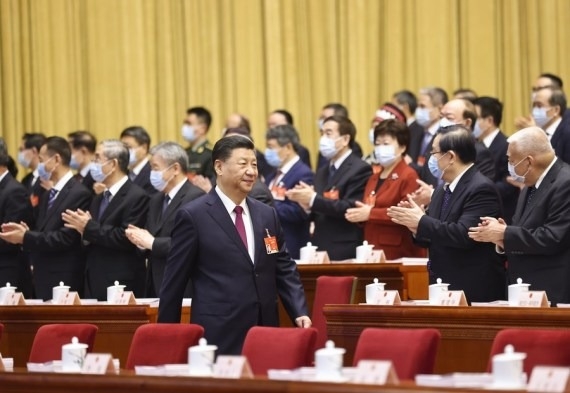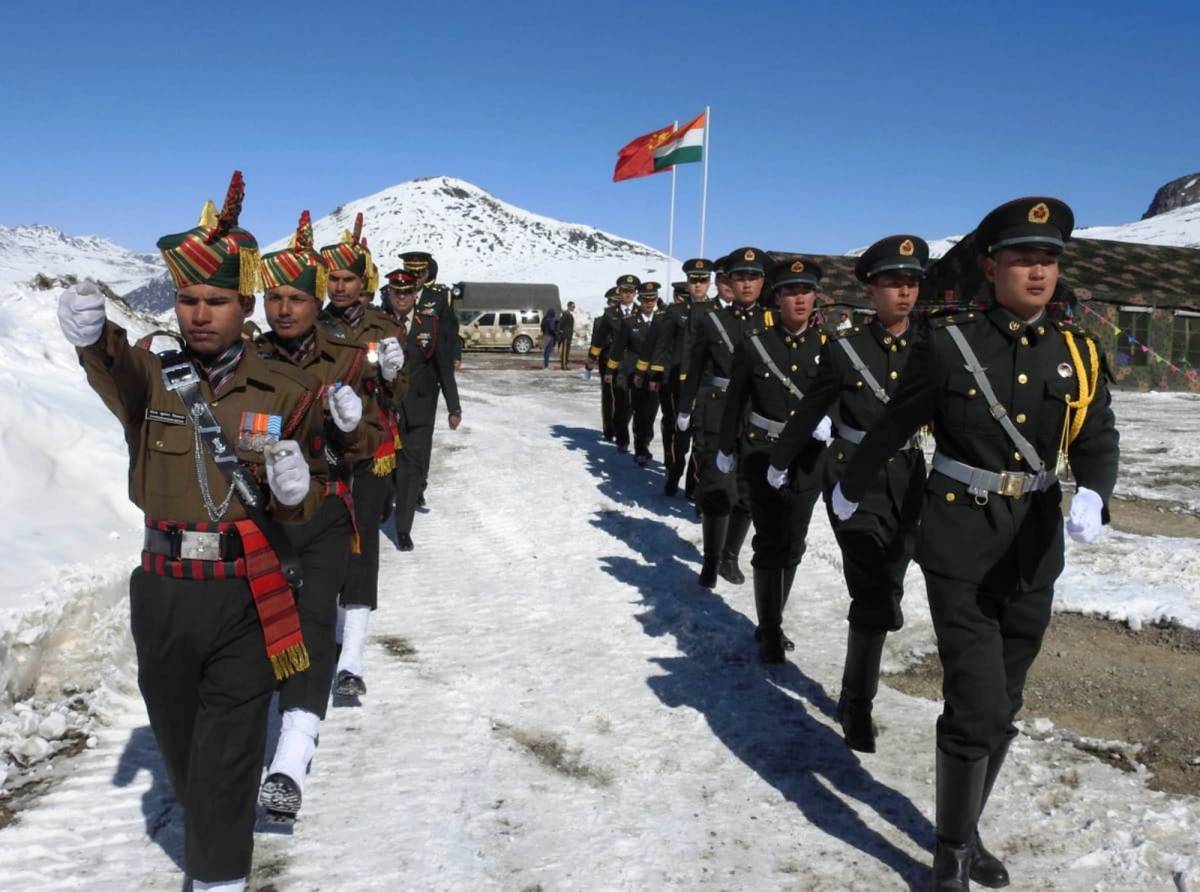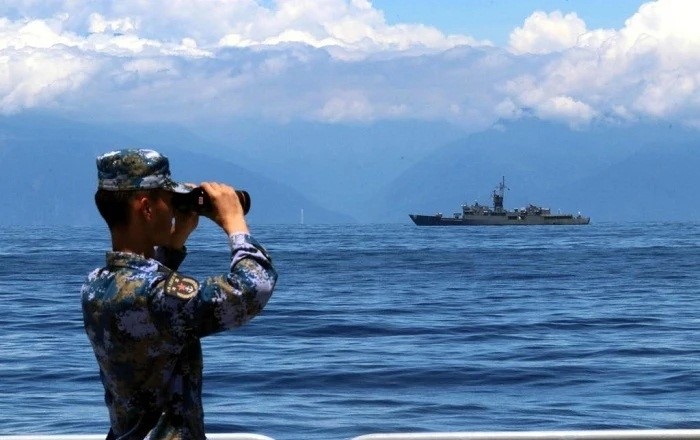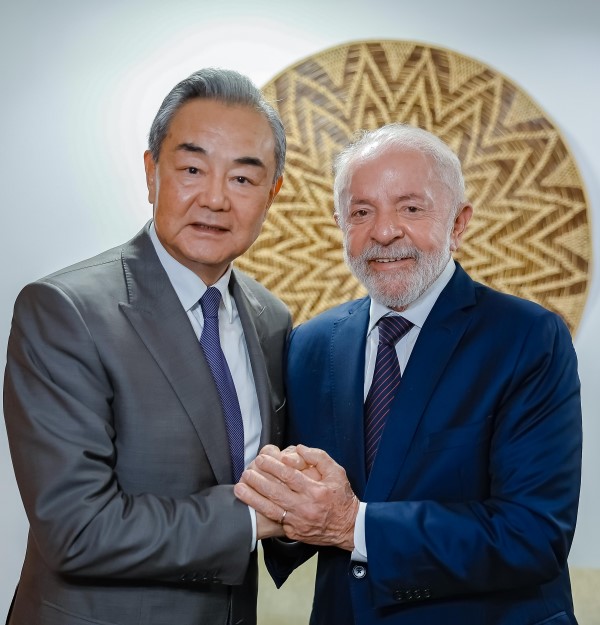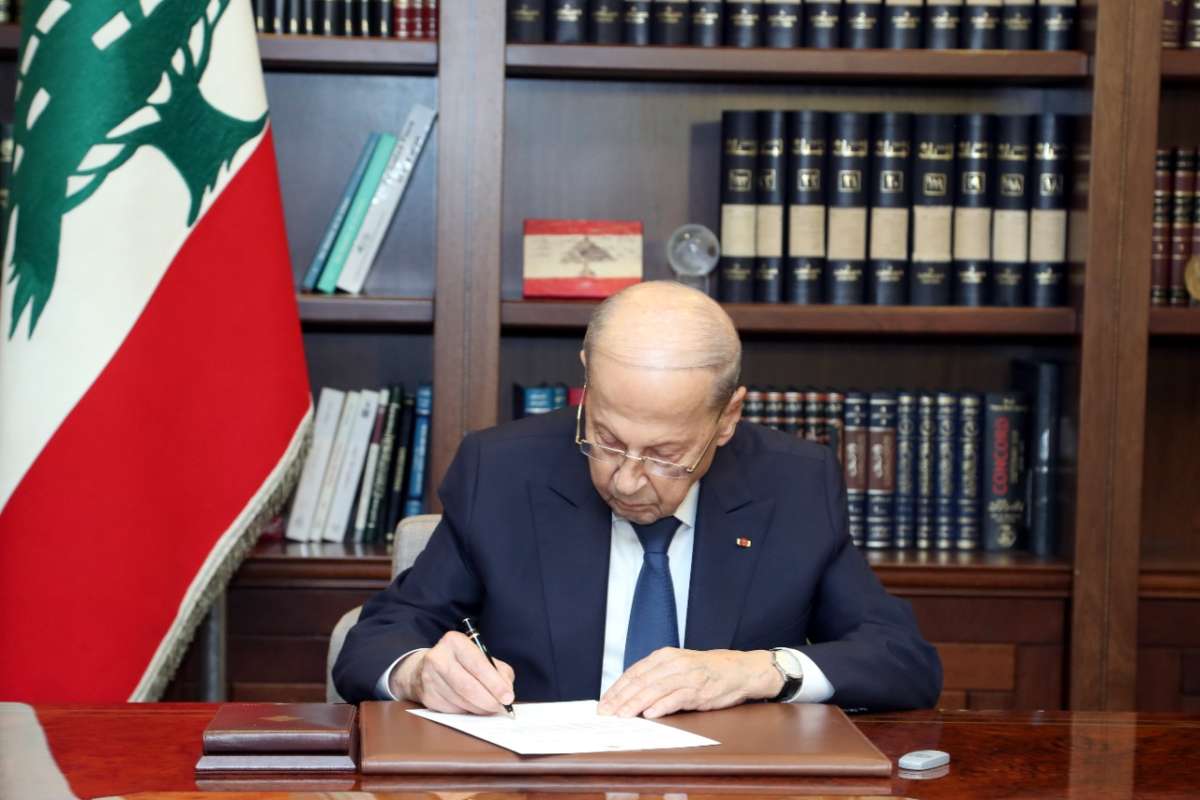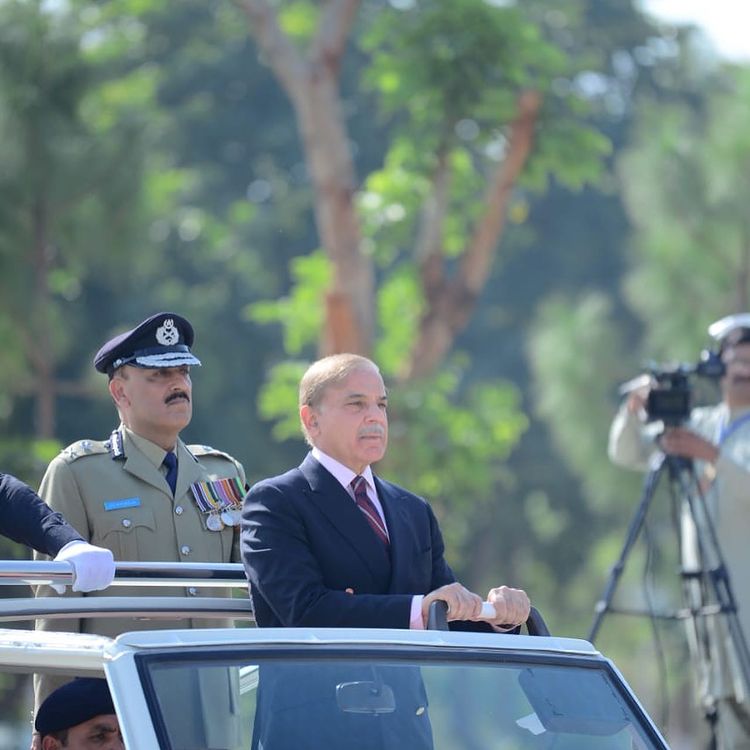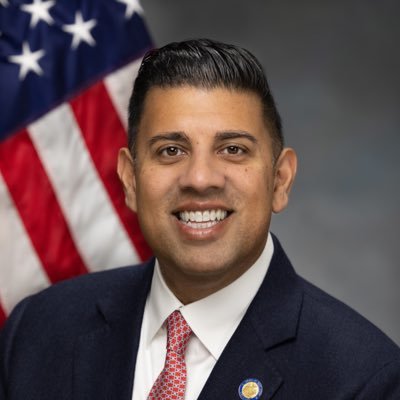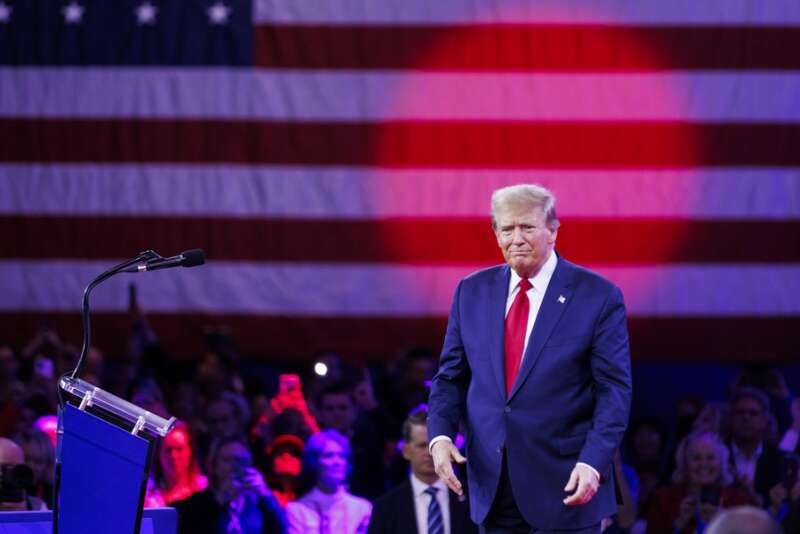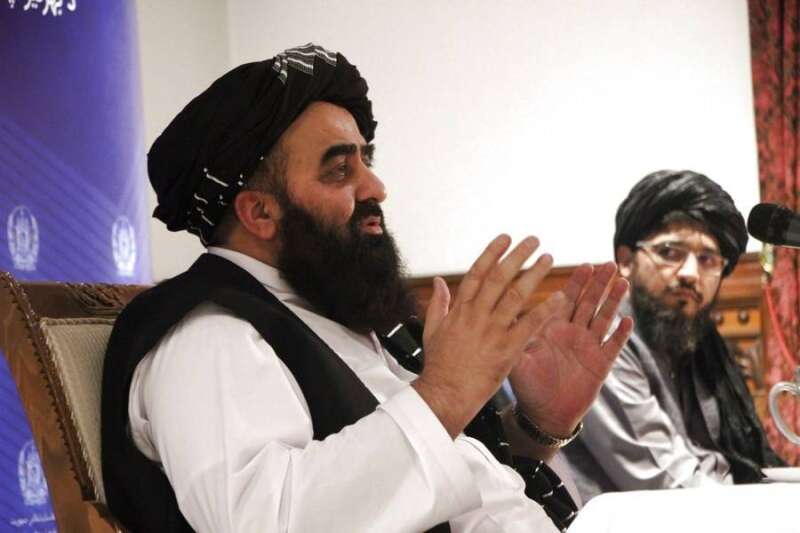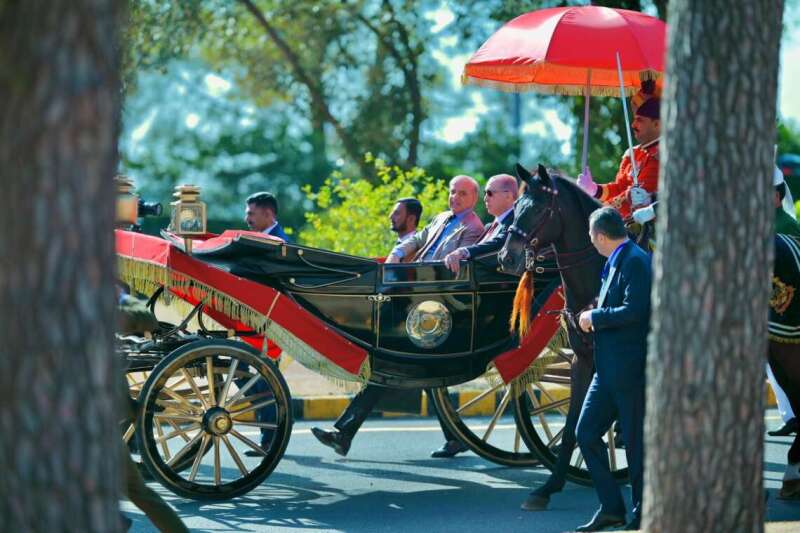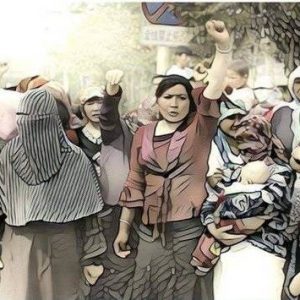The way Xi asserted that China’s zero-COVID policy was good for the economy and did not make any reference to the hardships faced by the people, raised the call of ‘shared prosperity’ through increased employment-based income, self dependence in high tech field and startups and reiterated China’s willingness to use force to incorporate Taiwan into the People’s Republic, writes D.C. Pathak
The outcome of the 20th National Congress of the Chinese Communist Party (CCP ) that began on October 16 at the Great Hall of the People in Beijing has already been signalled by the report drawn up by the 19th Central Committee in which it was claimed that China had under the leadership of Xi Jinping as CCP General Secretary, marched ahead on multiple fronts – from economic policy to international relations – in pursuit of ‘the great rejuvenation of the Chinese nation’ and has done so amid increasing pressures on China posed by complex geopolitical developments.
Presenting this report himself, Xi Jinping claimed that during the ‘extremely unusual and extraordinary’ spell of last five years that witnessed ‘big changes not seen for a century’, the party achieved ‘historic victories’ such as reaching the CCP’s centennial goal of establishing a ‘moderately prosperous society’ and eliminating ‘extreme poverty’.
He declared that a new ‘central task’ was to achieve the ‘second centenary goal of building China into a great modern Socialist country in all respects’ through a ‘Chinese path to modernisation’ and indicated that he sought to realise that aim by 2035 itself – much before the goal of getting there by the 100th anniversary of the founding of the People’s Republic of Chins in 2049 was first set.
The way Xi asserted that China’s zero-COVID policy was good for the economy and did not make any reference to the hardships faced by the people, raised the call of ‘shared prosperity’ through increased employment-based income, self dependence in high tech field and startups and reiterated China’s willingness to use force to incorporate Taiwan into the People’s Republic, his message was one of assuring the people that China is moving forward on a steady note despite all odds and warning the nation at the same time, of the darker times ahead.
The report acknowledged the Belt & Road Initiative (BRI) as an instrument for advancing China’s opening towards the outside world but emphasised that security was now on top of the agenda . Xi pointed out that ‘China is now in a period where strategic opportunity and risks and challenges co- exist’.
The work report presented by Xi Jinping showed his confidence about continuing with a third term- and beyond – as it made repeated references to the ‘centralisation’ and ‘unity’ of the party’s top leadership as a process that will continue into the future, resolved to keep up the fight to counter corruption and ideologically indoctrinate China’s people and declared that China must be ready to withstand ‘high winds, choppy waters and even dangerous storms’.
Xi Jinping has been successful in stamping out dissent, consolidating his control on the party and projecting himself as the saviour of the nation against new global threats. He combines the traits of Mao Zedong and Deng Xiaoping and remembers the lessons that China had to draw from the demise of USSR. The Soviets had deviated from Democratic Centrism or one party rule that was the essence of Marxism and had allowed a closed economy to deteriorate amid the corruption of an oligarchy.

Xi Jinping kept up the Deng Xiaoping’s approach of opening the Chinese economy to the world in a controlled way, but reverted to making the party singularly strong as was done by Mao Zedong.
Many Chinese people were convinced that just as Mao united their country and Deng helped it prosper, Xi’s foreign policy will make China great again by attending to both national security and economic advancement.
Xi told the 20th Party Congress that the Chinese people will never allow any foreign forces to bully, oppress or enslave them and announced that ‘the party leads in all spheres of the nation- government, army, society, academia, east, west, north, south and centre’.
The 19th Central Committee report significantly contended that ‘leadership of CPP is the fundamental feature and the greatest advantage for Socialism’.
The 19th national Congress had not only centred round the theme of the ‘Chinese dream’ but had seen Xi as a ‘leader’ who would bring the party to the centre of everything in China and head nearly every critical organisation. The notion of collective leadership on China was effectively ended and the idea of ‘core leader’ was brought back after some 30 years.
The speech of Xi at the 20th national Congress of CPP was just half as long as the one delivered by him at the last one, indicating a mindset of confidence that the agenda will be carried through as fixed. It is therefore not a surprise that he is – apart from becoming the General Secretary of the party for an unprecedented third term – recognised now as the ‘core leader’ giving him parity with Mao Zedong. Xi is glorified as a restorer whose ‘thoughts on Socialism with Chinese characteristics for a New Era’ is today’s equivalent of Mao’s little Red Book.
Xi’s new status and his thoughts were incorporated in the party’ Constitution. In 2018, at the instance of Xi, the party had lifted the embargo of two terms for the post of President and Xi is set to continue in that position too – his affirmation about achieving the next centennial goal of the party by 2035 showing his aspiration to be around in the supreme position for many more years.
The Chinese President has corrected the earlier strategy of pursuing the economic route to becoming a superpower to place an equal emphasis on military advancement. He announced that he intended making PLA a fully modernised and restructured force by 2027. He repeatedly spoke of China’s defence of its territorial boundaries, made it a point to specially invite the PLA commander of Galwan to the national Congress and declared that he wanted a more muscular, aggressive and fighting China to deal with the situation ahead.
As the signs appear of a new Cold War developing between the US and China on Taiwan and Indo- Pacific, Xi is bracing to deal with the opponents led by the US.

He is confident that China leads the residual of the Communist world after the dismemberment of the USSR, is sure of the irreversibility of Sino-Russian bonds, particularly in the wake of the military confrontation between Russia and Ukraine, and is cognisant of the interplay of Indo-US and Indo-Russian relations.
Xi has been trying to consolidate China’s strength externally and also from within. The BRI, strategic Sino-Pak alliance and an assertive foreign policy are supposed to bring China some advantage internationally while a definite focus on removing poverty, reducing inequalities and enhancing internal cohesion remain the hallmark of Xi Jinping’s domestic policies.
Socialism with Chinese characteristics is translated into practice by Xi through his advocacy of Sinicisation of Marxism, his extraordinary invocation of the ‘civilisational strength’ of China and a ruthless attempt at assimilating the minorities in the Chinese nation.
The BRI was a mean of furthering economic expansion and political dominance. Sino-Pak axis helped Xi guard the Chinese interest in Afghanistan through a give and take with Taliban on matters relating to Xinjiang and counter India through collaboration with Pakistan on the issue of Kashmir.
Xi Jinping would not like India to be drawn too close to the US in the latter’s geopolitical moves against China and is therefore trying to suggest that India-China issues on LAC should be seen in the wider context of Sino-Indian relations – the Indian response rightly making these relations incumbent on a resolution of the border problem.
Xi wants China’s advance to be steady but not slow and realises that the old strategy of gaining victory without war may not work out. The classical doctrine of ‘two steps forward, one step backward’, however, is still on and a glimpse of that was seen on the LAC, making it necessary for India to demonstrate its zero tolerance of any aggressive Chinese behaviour.
The Narendra Modi regime is adopting this policy and is prepared to deal with any coordinated attempt by China and Pakistan to indulge in mischief on our borders or even on our domestic front.
Xi Jinping has emerged as the Chinese leader in total control of the state, the party and the military – with politburo, central committee and central military commission, all packed with his loyalists – and it is evident that he is fully geared to taking on US President Joe Biden in the geopolitical confrontation that is developing between the US and China.
India is now a major power and its positioning in a world divided between the US-led West on one hand and the Russia-China combine on the other, is crucial for global peace.
Prime Minister Modi’s stand on Russia-Ukraine conflict showed India in the light of a wise counsel which was appreciated by the world community – India not letting Indo-US relations come in the way of India-Russia friendship and vice-versa.

China’s hostility towards India accentuated by the former’s military alliance with Pakistan – another adversary of India – directly endangered India’s security and has to be dealt with by India largely on its own because the US while focusing on the clash of interest with China seems to be not taking enough notice of Sino-Pak alliance in terms of its threat to the democratic world at large.
Further, the return of Taliban Emirate in Afghanistan with total support of Pakistan added to the threat of terrorism, specifically to India whereas the Biden administration, after the withdrawal of American troops from Afghanistan, looked at that country with some comfort of distance.
Currently under the Prime Ministership of Shehbaj Sharif, Pakistan is once again trying to project itself as a helpful ally of America and beginning to get a favourable response from the US – at the cost of India.
India is rightly following the policy of maintaining the required military build up at the border to deal with any aggression of China and joining in the international initiatives to keep China in check on the marine front. India is also relentlessly campaigning against Pak-sponsored terrorism by Islamic extremists, raising the issue effectively at all summits.
India has the advantage of having ‘economic stability’ as acknowledged by the IMF. The Sino-Pak axis, however, remains the gravest source of external and internal threats to India apart from the globally shared dangers of cyber warfare, influx of narcotics and use of social media as an instrument of combat.
(The writer is a former Director of Intelligence Bureau. The views expressed are personal)


